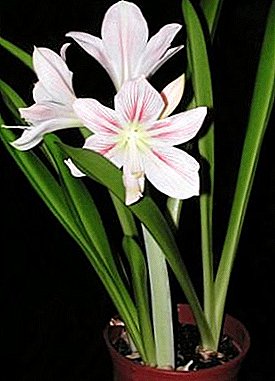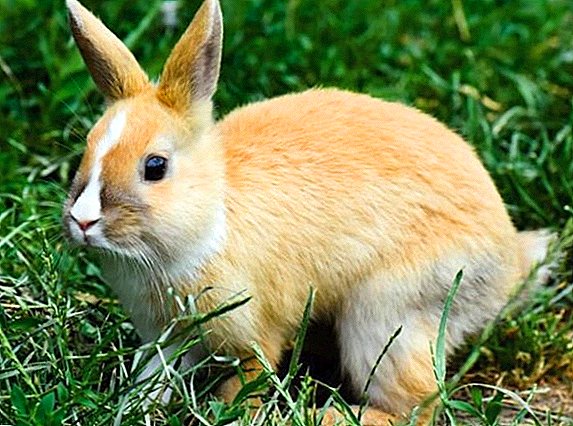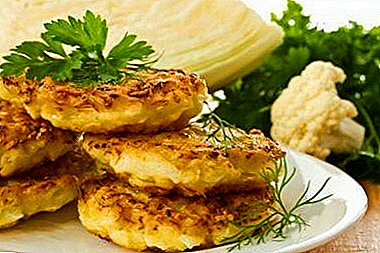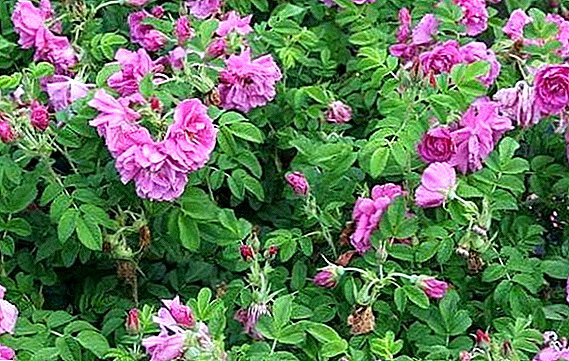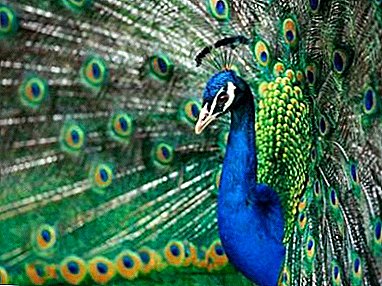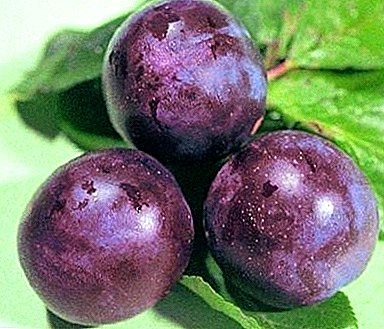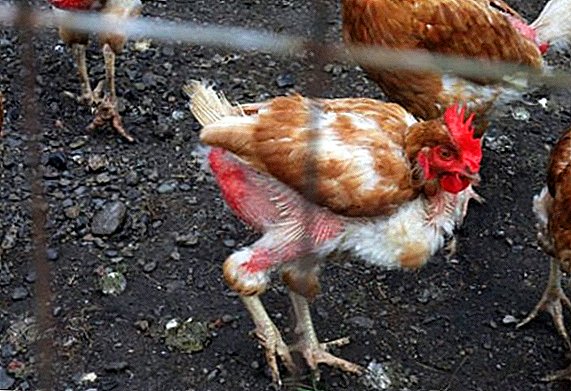 Shedding is a natural process for both animals and birds, and the domestic chicken is no exception. During this period, the old feathers in chickens die off and exfoliate so that new ones grow in their place. However, sometimes molting is an indicator of problems in the body. What is the difference - and we have to figure it out.
Shedding is a natural process for both animals and birds, and the domestic chicken is no exception. During this period, the old feathers in chickens die off and exfoliate so that new ones grow in their place. However, sometimes molting is an indicator of problems in the body. What is the difference - and we have to figure it out.
Reasons for dropping feathers
Dumping feather cover in a healthy bird occurs at the right time in a natural way, but there are a number of reasons due to which feathers may not be dropped on time.
Did you know? The pen is necessary for the chicken not only to protect it from cold and heat, but also to repel harmful ultraviolet radiation from the sun.
The main reasons for delayed plumage are:
- a lack of chicken’s diet of essential vitamins and minerals;
- stress;
- dermatitis or various parasites (ticks);
- features of age changes.
Video: molting in chickens
Main types of molt
There are several types of pen replacements, the manifestation of which depends on both natural and artificial factors.
We recommend to get acquainted with the best breeds of meat, egg, meat-egg, as well as unusual, decorative and fighting chickens.
Juvenile (primary)
Primary change has such a name precisely because it is the first discharge of bird plumage. It occurs at the age of the chick and is manifested in the fact that the young "down" falls and is replaced by "adult" feathers.
Depending on the breed, juvenile molt in the hens begins at one month of age, and in broilers - at 50-60 days of life. Such a moult lasts until the first eggs are laid (up to six months). 
Periodic (seasonal)
Changing weather is a significant reason for changing plumage. Seasonal moult occurs in the fall (October-November) and spring (March-April), ending fairly quickly. In the fall, the cover changes to a warmer one, and in spring - to a “summer” variant.
Important! The body of chickens adapts to the habitat. In warm countries, an autumn molt may not occur at all or replace the plumage for the same, because in our understanding there is no winter and there is no need for a “fur coat” to protect against cold weather.
Later all breeds molt the hens, as they are constantly in the same temperature conditions. 
Forced
Forced shedding - change of feathering, caused artificially. A forced impact on feathers is carried out, if necessary, to accelerate the seasonal shift of plumage, as well as to increase the quality indicators of eggs during the period of carrying.
You will be interested to get acquainted with the largest breeds of chickens, as well as breeds that carry large eggs.
There are several types of forced effects on feathers, which provoke a change of plumage:
- Hormonal. It is considered the best way, because it gives a result in a very short period of time, but it has its own risks. To cause molting, use drugs such as thyroxine, progesterone and other hormonal agents. The dosage and method of administration depends on the breed, therefore a mandatory veterinarian consultation is necessary. With proper use, chickens start to fly 1.5-2 times more, the quality of eggs increases. The danger is that the slightest mistake can lead to long-term problems with carrying.
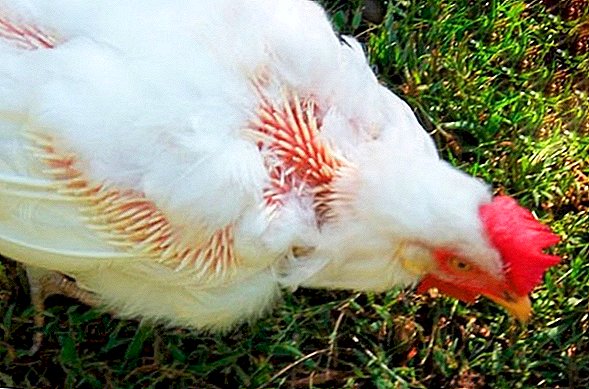
- Zootechnical. The challenge of changing the pen is that the chicken family is introduced into "special stress conditions". In order to provoke a sufficiently stressful situation for the discharge of feathers, chickens are deprived of food for several days (water is available all the time), and also completely deprived of light for a day. In such conditions, the bird loses old feathers in a few days. After that, breeders begin to feed the hens abundantly with protein, temporarily excluding calcium. Such a diet contributes to the rapid growth of new coverage. After 1.5-2 weeks, the squashes rush at a normal pace, the quality of eggs increases.
Important! To conduct a forced impact on the plumage to inexperienced breeders highly undesirable. This procedure is very serious, and a small misstep can lead to problems: both with the eggs and with the chicken itself.
As an additional advantage of this effect, it is possible to note the increased immunity in birds. - Chemical. Chickens are transferred to special foods that reduce the activity of the thyroid gland and other organs that are responsible for metabolism and regeneration. Such indicators become very close to the natural state of birds during the natural change of plumage.
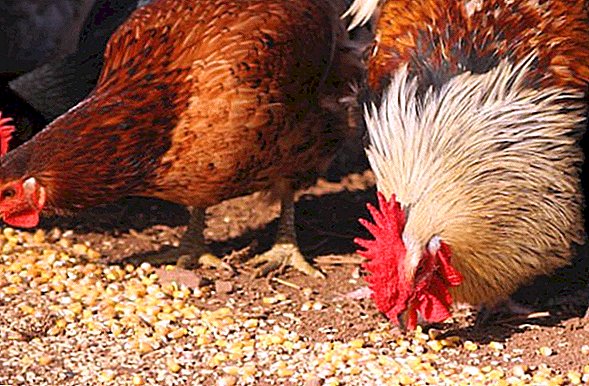 This process lasts 14-20 days, followed by another 2 weeks of recovery. The number of eggs after such a molt increases.
This process lasts 14-20 days, followed by another 2 weeks of recovery. The number of eggs after such a molt increases.
Painful moult
There are several prerequisites for unnatural loss of feathers:
- avitaminosis;
- hunger;
- stress;
- parasites, skin diseases;
- cocks hyperactivity.
Find out what are the parasites in chickens, as well as how to get rid of fleas, peroedov, lice, ticks in chickens.
In the case of infection of chickens with skin or feather parasites, birds become irritable, constantly itch, refuse food and behave passively. In case of such manifestations, the bird should be immediately isolated from the rest and shown to the veterinarian.
Excessive activity of roosters most often occurs if the chicken family is composed incorrectly. With the right balance, this happens extremely rarely. The norm is 1 rooster for 10 layers. 
Features of the molting period
The natural change of plumage does not require special care, however, during this period, the chicken family must be given special attention so that in case of any problems it was possible to solve them quickly.
Find out why chickens go bald and what to treat.
Preparing for molting
As measures to make the molting process as easy as possible, the following actions can be performed:
- To equip the chicken house with additional lighting. If artificially increased daylight hours, the change will be faster.
- Completely eliminate the possibility of stress.
- Monitor the stability of temperature and humidity in the hen house. During this period, any changes can adversely affect the birds.

How to feed chickens during molting
To help the chicken quickly change the plumage, you need to slightly change its diet:
- add vitamins A, B1, B3, D, and also increase the amount of manganese and iodine (boiled vegetables, greens, berries);
- increase the amount of protein (soy, insects).
Important! Food should be fresh. Each portion must be kneaded immediately before feeding.
How to care for a bird
Chickens in this period do not require special care. However, it is important to remember that the dumping of feathers and the appearance of new ones is a painful process, and therefore the bird must be left alone, completely eliminating bodily contact.  It is also necessary to equip in the hen house a secluded place where she can sit quietly and no one will disturb her. It is necessary to immediately remove the fallen cover, since parasites can live in it.
It is also necessary to equip in the hen house a secluded place where she can sit quietly and no one will disturb her. It is necessary to immediately remove the fallen cover, since parasites can live in it.
Did you know? Alfred Hitchcock, a famous director, suffered from a very rare phobia - ovophobia. Most of all he was afraid of oval-shaped objects, in particular chicken eggs.
How to speed up the process
The natural process can be accelerated without resorting to such radical methods as for forced molting:
- add essential micronutrients to food that promote rapid growth of feathers (calcium, magnesium);
- artificially increase daylight hours to 15 hours.
Video: how to help chicken shed
Features molting in the winter season
If a chicken molts in the winter, most often it is an indicator of ill health, but it can also be a postproductive molt, which is considered normal at any time of the year.
We advise you to read about what are the pros and cons of keeping chickens in cages, do you need a rooster, for chickens to carry eggs, why chickens peck a rooster and each other, how to determine the age of a hen, how long the chicken lives, what to do if the chickens do not carry well and peck eggs.
To save feathers in winter, chickens need to ensure maximum warmth: warm the chicken coop, increase daylight hours, and organize warm sitting places with additional flooring. Walking on the street or not at all, or the chicken walks exclusively under a canopy and a very short period of time.  So, the process of changing feathers can be both a natural process and a signal of some health problems. A quick molt in the fall and spring is the norm, but a winter feather change can be an indicator of stress or the appearance of parasites. In any case, at the slightest suspicion of a painful discharge of feathers should consult a doctor.
So, the process of changing feathers can be both a natural process and a signal of some health problems. A quick molt in the fall and spring is the norm, but a winter feather change can be an indicator of stress or the appearance of parasites. In any case, at the slightest suspicion of a painful discharge of feathers should consult a doctor.
Reviews from the network





 This process lasts 14-20 days, followed by another 2 weeks of recovery. The number of eggs after such a molt increases.
This process lasts 14-20 days, followed by another 2 weeks of recovery. The number of eggs after such a molt increases.